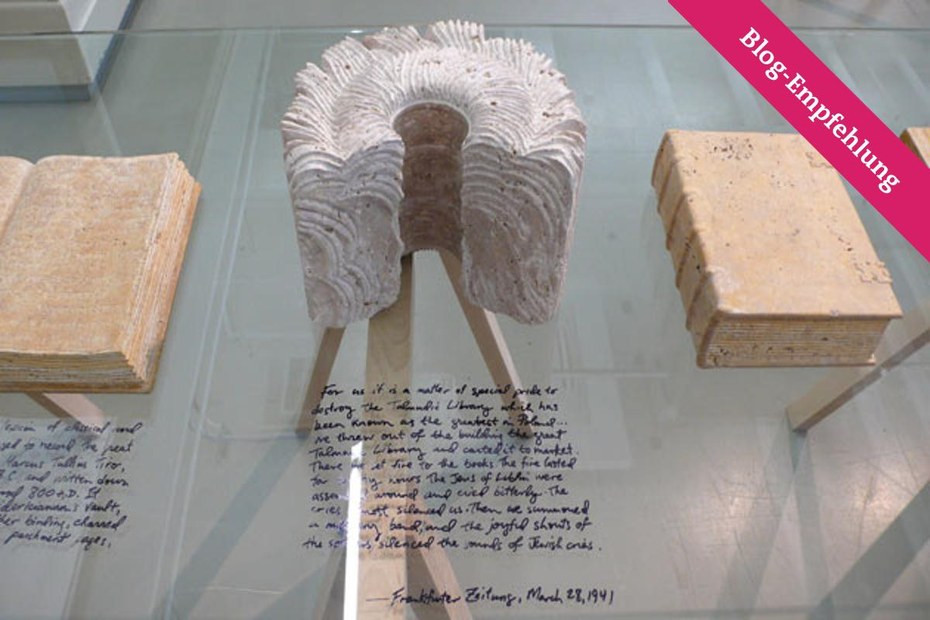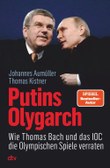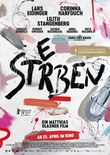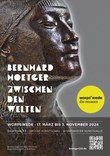When I arrived at Kassel Wilhelmshöhe on a cloudy day in June, dOCUMENTA(13) had just opened a few days ago. Not having been in Europe or connected to the “art world” for almost one year, I had missed out on all the rumors and speculations that normally precede this major art event. Hardly knowing how to pronounce the curator’s name correctly, I felt as curious and open minded as anyone.
The experience of the following ten hours, walking from the Hauptbahnhof-exhibition site down to Fridericianum, strolling through Karlsaue Park, visiting documenta-Halle, Orangerie and Neue Galerie, was a journey of discovery, both of individual artist’s works and of subtle relations between different pieces throughout the exhibit. The lack of Überbau in the curatorial concept of this documenta seemed not only to best represent the current status of the arts but it also opened way for an unbiased reflection upon the conditions of contemporary life. New connections are being made between different types of knowledge, old knowledge is being re-evaluated, memories lose or gain significance over time. This idea is best exemplified in the “Brain”, the Rotunda in the Fridericianum. While it might be said that time and memory are at the base of all art ever made, at dOCUMENTA(13) we are also to explore these notions along the (intersecting) trajectories of war and destruction, documentation and preservation, technology and knowledge or process and psychoanalysis. In this context some of the pivotal works were in my opinion the works of William Kentridge, Kader Attia, Michael Rakowitz, Sanja Ivekovic, Natascha Sadr Haghighian, Anna Maria Maiolino, and the rediscovered journals of Charlotte Salomon.
Back on the train at night, I was carrying a reservoir of images. No, I had not made it to the Grimm Museum, any of the Off the Main Sites nor the public program but I had still enjoyed a diverse exhibition, which focuses less on the “most important contemporary artist” but on the shifting meanings of artifacts over time.
Mehr zur Documenta (und eine übersetzte, gekürzte Version des Beitrags) im Artikel „Kasseler Schnittchen“.
Ania Corcilius, Künstlerin und Kuratorin, lebt mit ihrer Familie in San Francisco. aniacorcilius.de






Was ist Ihre Meinung?
Kommentare einblendenDiskutieren Sie mit.